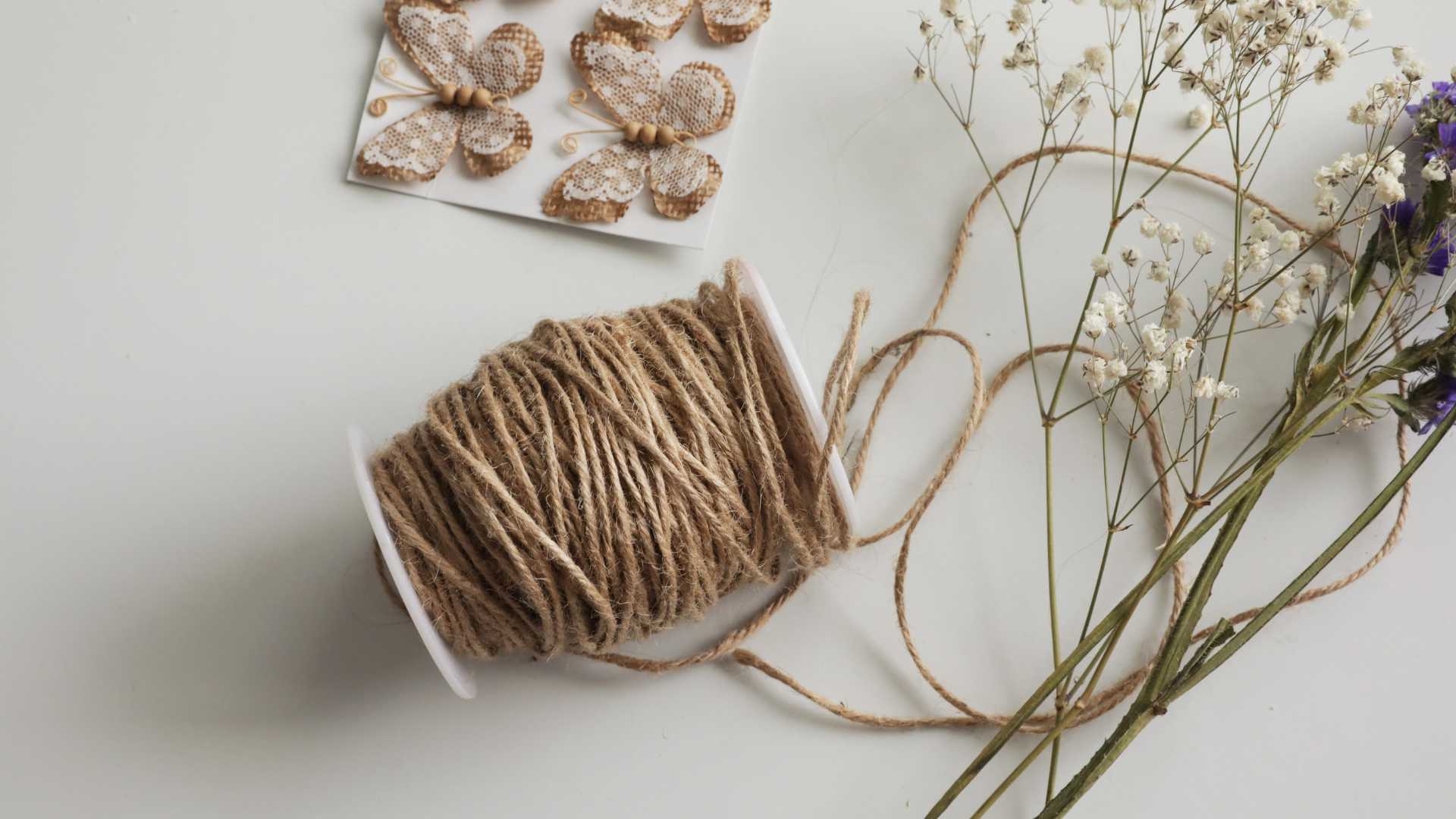Arts and Crafts homes stand as a testament to a design philosophy that champions craftsmanship, simplicity, and harmony with nature. Born out of the Arts and Crafts movement of the late 19th and early 20th centuries, these homes are more than just living spaces; they’re a rebellion against the industrial revolution’s mass production. They celebrate the beauty of handcrafted materials and the thoughtful integration of a home into its surroundings.
Arts and Crafts Homes
The Arts and Crafts movement, originating in the late 19th century, marked the beginning of Arts and Crafts homes. This architectural style emerged as a response to the Industrial Revolution’s mass-production methods, emphasizing handmade craftsmanship, natural materials, and a harmonious connection with nature. Key figures, such as William Morris in the United Kingdom and Gustav Stickley in the United States, played pivotal roles in promoting the movement’s ideals. They advocated for simplicity, utility, and beauty, which became the cornerstone of Arts and Crafts homes. These homes feature distinctive elements such as low-pitched roofs, wide eaves, hand-crafted woodwork, and integration with the surrounding landscape, reflecting a profound respect for traditional craftsmanship and a deliberate rejection of industrialization. The style’s enduring popularity underscores its timeless appeal and the ongoing desire for a more personalized, human-scaled approach to living spaces.
Architectural Elements of Arts and Crafts Homes
Arts and Crafts homes boast specific architectural elements that distinguish this style. Key features include:
- Low-Pitched Roofs: These homes typically have low-pitched gable roofs, enhancing their integration with nature and contributing to their modest, earthy appearance.
- Wide Eaves: Overhanging eaves are not purely aesthetic; they also provide practical protection from the elements, shading the home’s interior from the sun while sheltering the exterior from rain.
- Hand-Crafted Woodwork: Emphasizing the movement’s dedication to craftsmanship, hand-crafted woodwork is prevalent both inside and out, showcasing the beauty of natural materials and artisan skill.
- Integrated Porches: Porches are a common feature, serving as a transition space between the interior and the natural environment, reinforcing the home’s connection with its surroundings.
Famous Arts and Crafts Homes and Their Architects
Arts and Crafts homes, celebrated for their craftsmanship and simplicity, stand as testaments to the creativity of their architects. These buildings, often emblematic of the movement’s ideals, feature elements such as low-pitched roofs and wide eaves, integrating beautifully with their natural surroundings. The architects behind these iconic structures brought the Arts and Crafts principles to life, leaving a lasting legacy.
- Red House, located in Bexleyheath, England, explicitly showcases the genius of William Morris and Philip Webb. As Morris’s own residence, it became a pioneering model for Arts and Crafts architecture, emphasizing handmade beauty and natural materials.
- Gamble House in Pasadena, California, designed by Charles and Henry Greene, is another prominent example. Its intricate woodwork and seamless connection with the outdoors exemplify the movement’s ethos. The Greene brothers’ meticulous attention to detail and use of organic materials highlight their dedication to craftsmanship.
- Blackwell House, situated in England’s Lake District, stands as a creation of architect M.H. Baillie Scott. It mirrors the quintessential Arts and Crafts philosophy with its harmonious blend with the landscape and the use of locally sourced materials.
The Revival of Arts and Crafts Homes in Modern Architecture
The resurgence of Arts and Crafts homes in contemporary design underscores a renewed appreciation for craftsmanship and nature. Modern architects draw inspiration from the movement’s foundational principles, incorporating handcrafted details and natural materials into current structures. This harmonious blend of old and new adapts the essential qualities of Arts and Crafts homes – simplicity, quality craftsmanship, and an organic connection to the environment – into modern architectural practices.
Emphasizing sustainable building practices, today’s architects often use eco-friendly materials and energy-efficient designs that mirror the Arts and Crafts ethos. They prioritize spaces that foster a sense of community and well-being, much like the movement’s emphasis on the home as a haven of beauty and simplicity. Moreover, the integration of cutting-edge technology with traditional craftsmanship techniques showcases how the Arts and Crafts homes’ revival enriches contemporary architecture, making these historical design principles both relevant and revolutionary for modern living.
